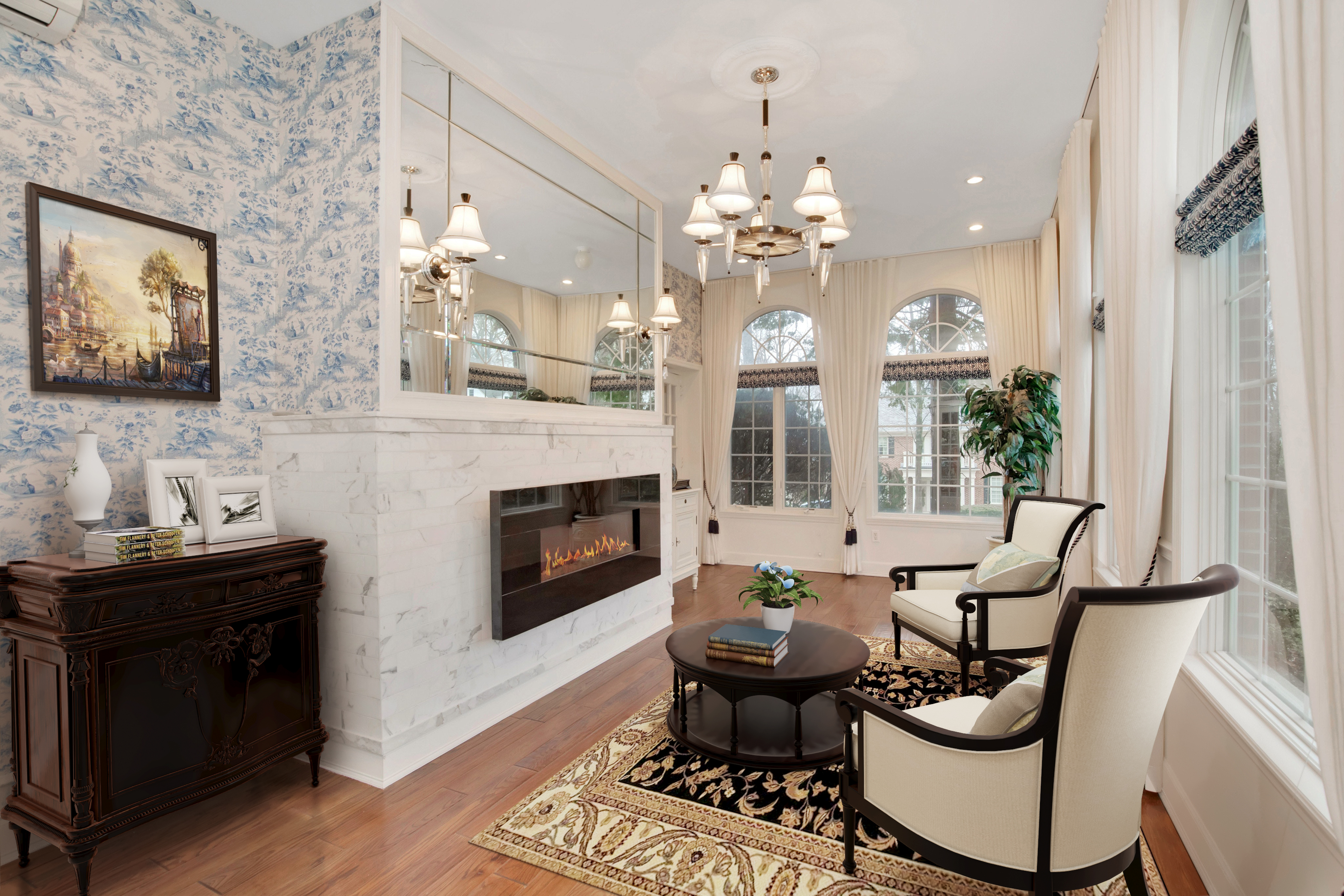Revolutionizing Real Estate: The Rise of Virtual Home Staging
In the ever-evolving real estate industry, presentation is everything. As technology continues to transform how properties are marketed, virtual home staging has emerged as a game-changer. Unlike traditional staging, which involves physically furnishing a space, virtual staging digitally adds furniture, décor, and accessories to photos of empty rooms. This modern technique has gained popularity for its affordability, flexibility, and visual appeal, particularly in a competitive housing market where first impressions often happen online.
Virtual staging allows realtors and homeowners to showcase a property's full potential without the logistical challenges and high costs of traditional staging. Using advanced software and design tools, virtual stagers can create realistic and stylish interiors tailored to different buyer preferences. From modern minimalism to cozy farmhouse looks, the design options are nearly limitless. This versatility makes it easier for buyers to imagine themselves living in the space, thereby increasing the likelihood of a faster sale.

One of the biggest advantages of virtual staging for real estate is cost-effectiveness. Traditional staging can cost thousands of dollars per month, depending on the size of the home and the quality of furnishings used. In contrast, virtual staging services typically charge a fraction of that price—often between $30 and $150 per image. This makes it an especially attractive option for real estate agents working with limited budgets or homeowners trying to sell properties without significant upfront investment.
Speed is another major benefit. Traditional staging can take days or even weeks to coordinate, involving delivery trucks, professional movers, and interior designers. Virtual staging, on the other hand, can be completed in as little as 24 to 48 hours. This rapid turnaround is invaluable in today’s fast-paced real estate environment, where homes can be listed and sold within days. It enables real estate professionals to get properties on the market quickly without sacrificing quality or appeal.
Critics of virtual staging often raise concerns about transparency. Since the images are digitally enhanced, there's potential for misrepresentation. However, reputable agents and stagers maintain ethical standards by clearly labeling staged images as "virtually staged" and providing unedited photos for comparison. Transparency builds trust with buyers and avoids legal issues, ensuring that virtual staging remains a helpful and honest marketing tool rather than a deceptive tactic.
In conclusion, virtual home staging is more than just a digital trend—it is a strategic innovation that benefits sellers, agents, and buyers alike. It makes properties more attractive, accelerates the selling process, and reduces marketing expenses. As the real estate industry continues to adapt to the digital age, virtual staging stands out as a powerful tool for success. For anyone looking to make a strong impression in the housing market, investing in virtual home staging could be the key to standing out and closing the deal faster.
Comments
Post a Comment